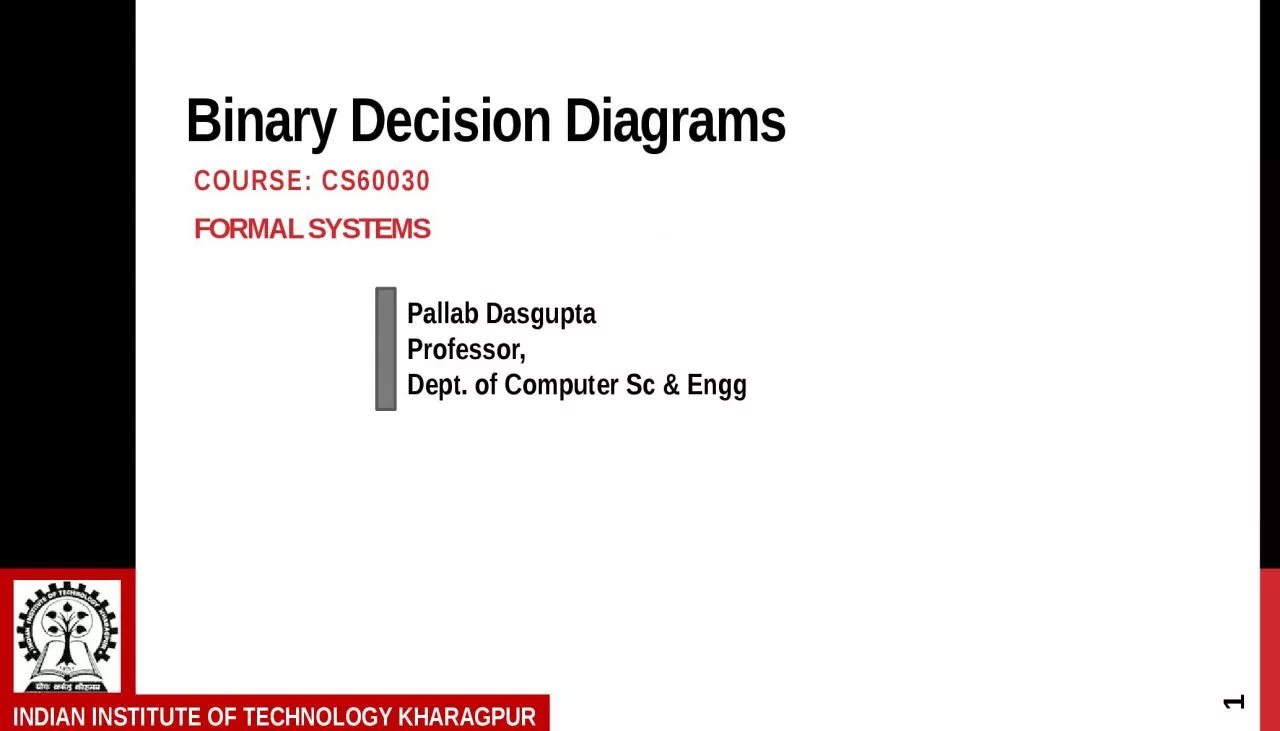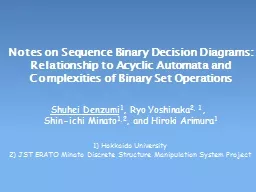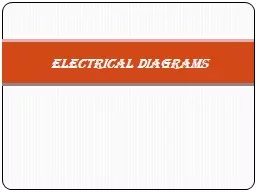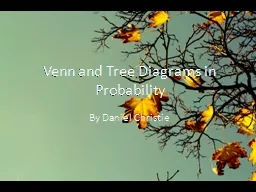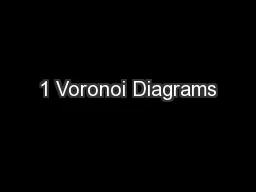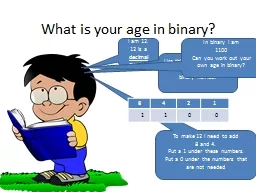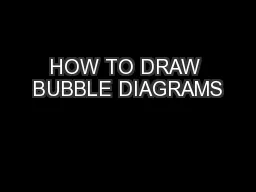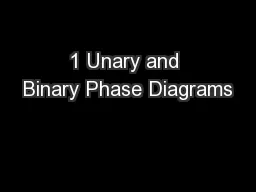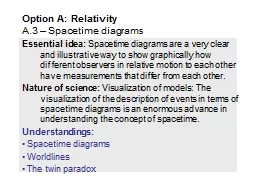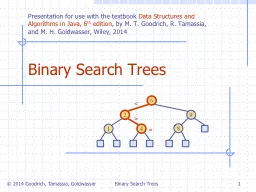PPT-Binary Decisio n Diagrams
Author : evelyn | Published Date : 2022-06-08
Course CS60030 FORMAL SYSTEMS 1 Pallab Dasgupta Professor Dept of Computer Sc amp Engg 2 Contents Motivation for Decision diagrams Binary Decision Diagrams
Presentation Embed Code
Download Presentation
Download Presentation The PPT/PDF document "Binary Decisio n Diagrams" is the property of its rightful owner. Permission is granted to download and print the materials on this website for personal, non-commercial use only, and to display it on your personal computer provided you do not modify the materials and that you retain all copyright notices contained in the materials. By downloading content from our website, you accept the terms of this agreement.
Binary Decisio n Diagrams: Transcript
Download Rules Of Document
"Binary Decisio n Diagrams"The content belongs to its owner. You may download and print it for personal use, without modification, and keep all copyright notices. By downloading, you agree to these terms.
Related Documents

